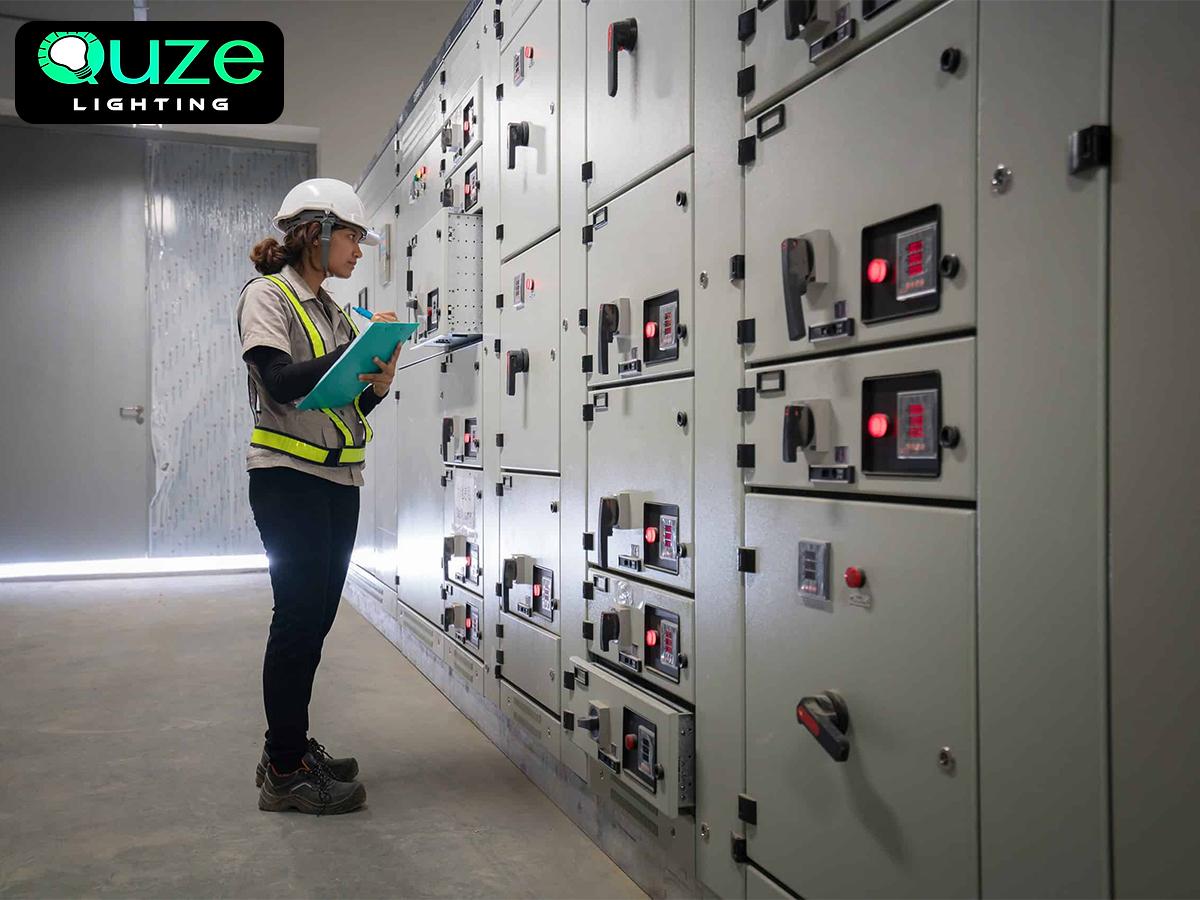Why LED Lights Work Better Under A Low-Voltage Supply?
LED lighting has become the preferred option for efficient and purposeful illumination in this era of energy awareness. LED itself is an innovation, but perhaps a little negatively, many LED lights have performed well and are safe, relying on the type of power source they work with.
In other words, LED lights require a low voltage for optimum operation. But why is that? Let's explain in clear-cut terms. Below, we will explore why LED lights work best with a Low-Voltage Supply.

Learning LED Lighting Fundamentals
To establish the salient points connecting LED lights and the low-voltage scheme, it is essential to clarify the working mechanism of LEDs. LEDs are diode lasers containing a semiconductor that converts electricity into light. LED lights provide light without emitting heat, whereas incandescent or fluorescent lights do emit heat, and thus offer some aspects of energy savings and longevity.
In contrast, they tend to be very tricky depending on the type and amount of power supplied to them. One can say a low-voltage supply is just the reverse of a high-voltage supply. Low-voltage supplies usually generate small voltages, generally accompanied by large currents. The emphasis of these supplies is on delivering currents. Therefore, terms like high current would be better than the popular phrase low-voltage supply.
Define Low-Voltage Supply
Generally, voltages below 50 volts are widely accepted in most settings. Quite often, it is 12 volts or 24 volts, which is considered normal for LED systems in homes and commercial establishments. Standard US household outlets offer 120V or 240V, which is high voltage.
To supply LED lights from high-voltage sources, a driver or transformer steps down the current. This ensures the proper voltage level is provided to the light; thus, the low-voltage configuration is critical for operating LEDs.
Why Voltage Is Important in LED Systems?
LEDs don't flicker on and off like traditional bulbs. They are dependent on exact electrical control. Higher voltage will overdrive the LED chip, reducing its lifespan or even instantaneously damaging it. On the other hand, a lower voltage will prevent the LED from lighting properly.
With a uniform low-voltage supply, LEDs get the precise current they require. This regulated environment enhances effective operation and restrains overheating, two determinants essential for long-term, consistent operation. It's not a matter of lighting the bulb but lighting it properly.
The Role of Drivers in LED Performance
An LED driver behaves like a regulator. It provides the light fixture with the correct current, regardless of the input voltage variation. These drivers are necessary when LEDs are connected to a regular lighting and electrical supply. A proper driver converts high voltage to low voltage while also safeguarding the LED against electrical surges.
LEDs and low-voltage drivers are well-suited for various settings. Indoors or outdoors, dry or wet, low-voltage systems provide a reliable basis. This is especially true for architectural and landscape lighting, where years of performance are essential.
Safety Benefits of Low-Voltage Systems
Another reason LEDs perform well on low-voltage power is their safety benefits. The lower voltages eliminate the potential for electrical shock and fire risks. This is particularly important for families with children or pets, as well as for outdoor use, where wiring may be exposed.
From the standpoint of installers and contractors, low-voltage systems are preferred due to their easier compliance with electrical codes and safer handling. This results in versatile designs, fast installations, and low maintenance.
Energy Efficiency and Cost Implications
Though we’re not listing benefits, it’s worth noting that energy efficiency in LEDs is closely tied to proper voltage usage. Waste due to overvoltage or poor compatibility with standard wiring systems can be costly over time. By using the correct drivers and low-voltage setups, power is directed precisely where it’s needed, reducing energy loss and ensuring long-term savings.
Even the lighting and electrical supply sector abets this trend. Suppliers offer a range of products with built-in low-voltage kits designed for the LED system, making it easy to achieve compatibility and reducing technical errors during installation.
Wrap-Up: For peak LED performance, think low voltage
LEDs were engineered with low-voltage operation in mind. Employing a low-voltage supply not only meets the technology's demands but also extends its lifespan and enhances performance. When appropriately used in conjunction with drivers and compatible materials, LEDs become an even more robust lighting instrument. Quite simply, it's not only the light source that counts, but the way you power it.
As lighting technology advances in the modern era, power source and performance are increasingly linked. For those who operate in the lighting and electrical supply sector or who are merely modernizing residential systems, the importance of low-voltage solutions to optimally utilize LED technology is paramount.